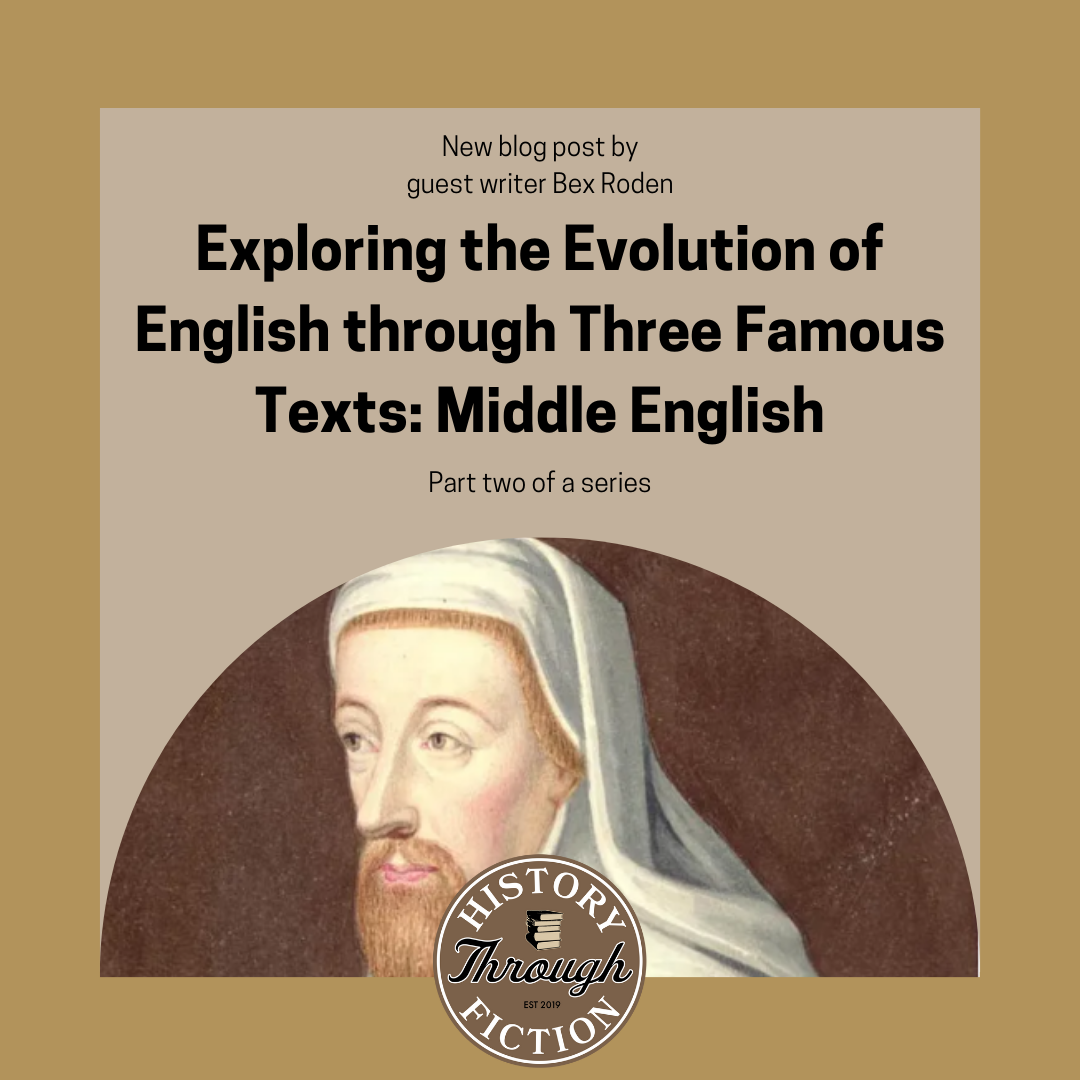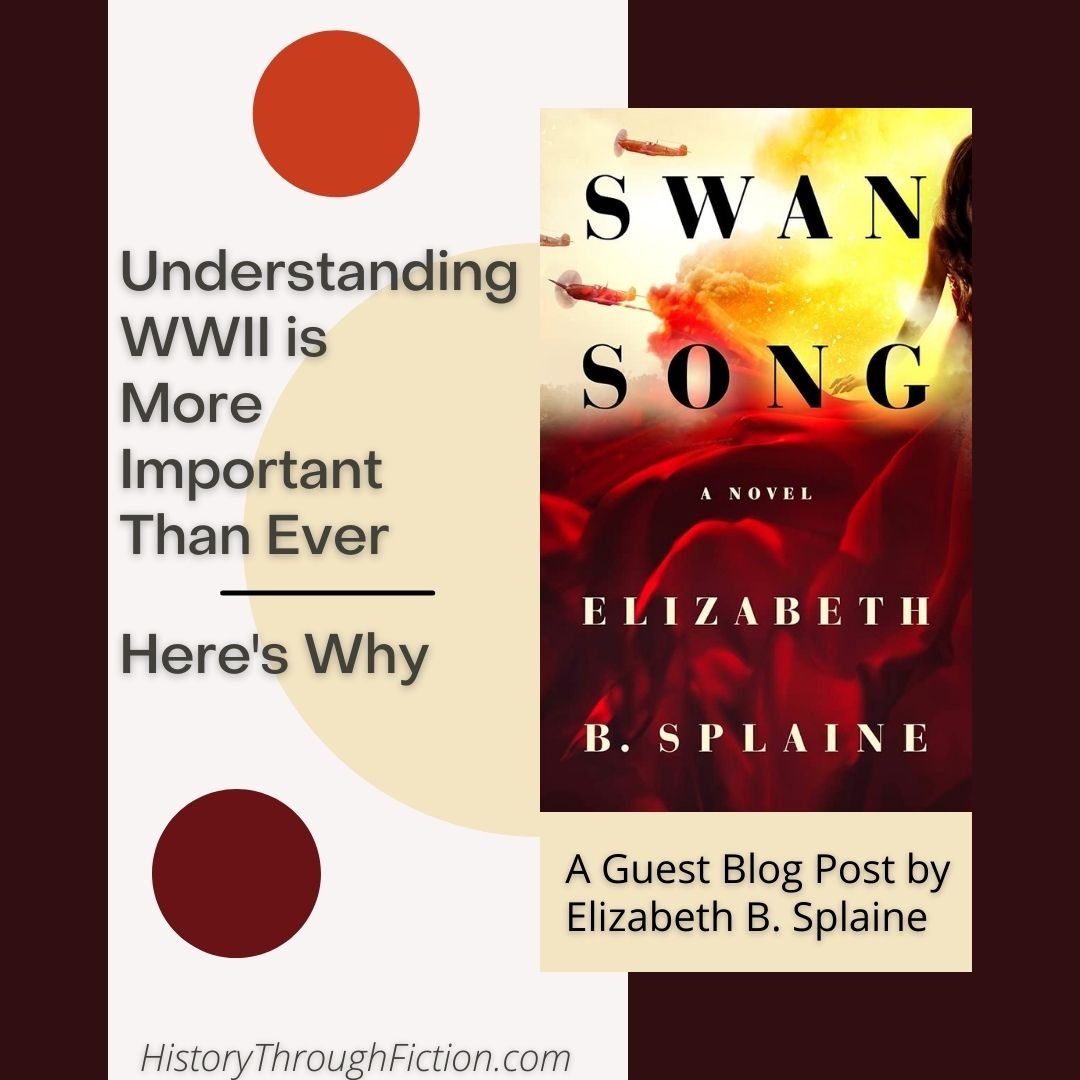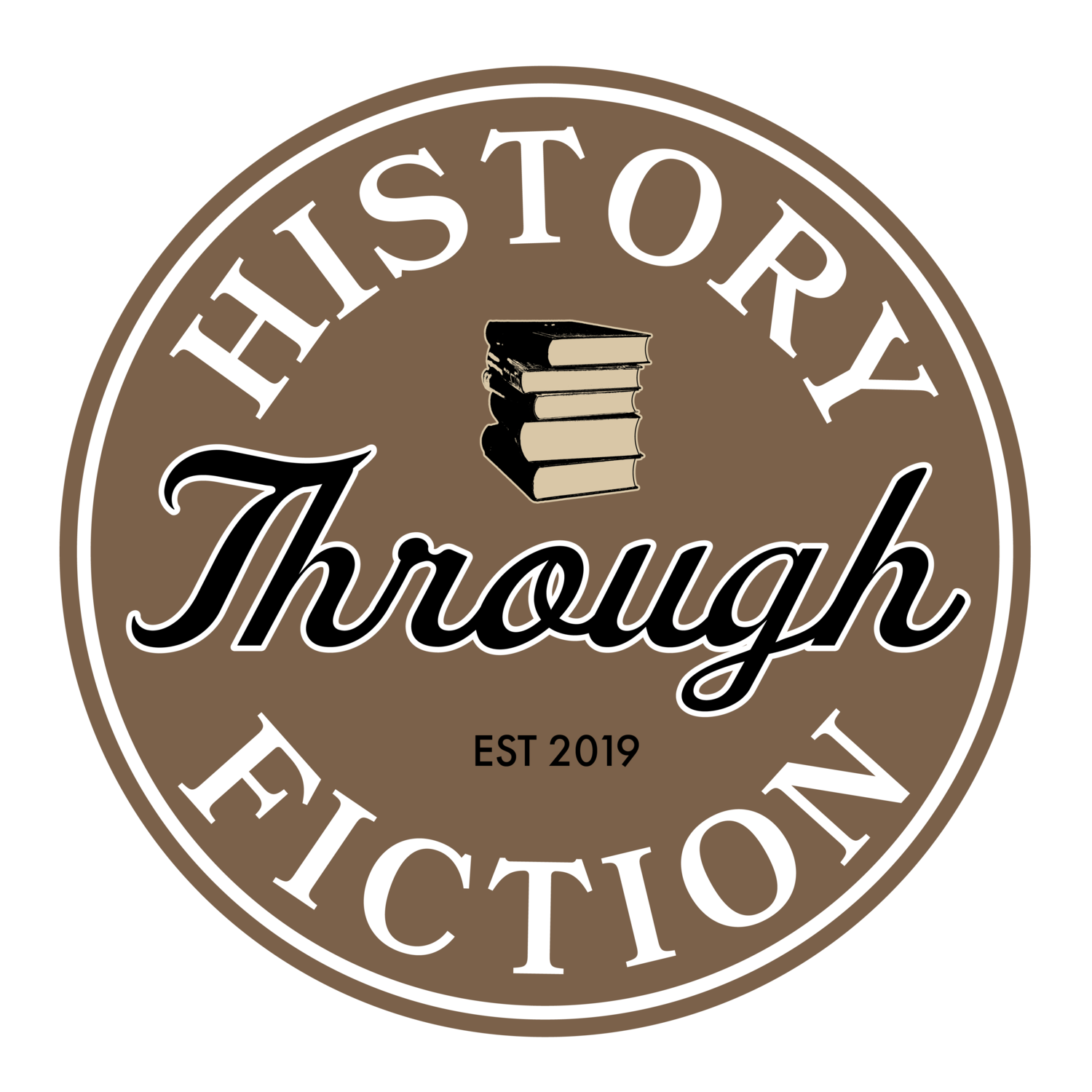
Blog

Exploring the Evolution of English through Three Famous Texts: Early Modern English
In the final installment of Bex Roden’s series, "Exploring the Evolution of English through Three Famous Texts," she explores Early Modern English with Shakespeare's Romeo and Juliet. Often seen as challenging, Shakespeare's language is surprisingly close to today's English. This post highlights how Early Modern English, shaped by the Great Vowel Shift and the printing press, paved the way for modern linguistic norms, showcasing Shakespeare's enduring impact on language and literature.

Exploring the Evolution of English through Three Famous Texts: Middle English
In part two of the "Exploring the Evolution of English through Three Famous Texts" series, Bex Roden delves into Middle English with Geoffrey Chaucer's The Canterbury Tales. Discover how the Norman Conquest influenced the language, creating a class divide between French and English speakers. Chaucer's work elevated English literature, bridging social gaps and giving voice to all classes. Learn about the linguistic transformation that set the stage for Early Modern English.

Exploring the Evolution of English through Three Famous Texts: Old English
True Old English, unlike the poetic language of Shakespeare, is an ancient tongue almost alien to modern ears. "Caedmon’s Hymn," attributed to the 7th-century poet Caedmon and preserved by historian Bede, offers a glimpse into early medieval England's linguistic and cultural landscape. This hymn showcases Old English's unique poetic devices and structures. Exploring "Caedmon’s Hymn" takes us on a journey through the evolution of English, tracing its roots to the Germanic tribes and influences that shaped its development, enriching our understanding and appreciation of the language we use today.

Joy Harjo: Mapping Nations through Poetry
When Joy Harjo was selected as the first Native American U.S. Poet Laureate in 2019, she devoted her new position to giving voice and recognition to Native Nations poets across the United States by creating an interactive map featuring the poetry of Indigenous tribes across the country. Learn more by reading this blog post by Bex Roden.

The Other Jobs of Famous Writers
Finding time to write is a huge challenge, especially when you have a full-time job. But the writers of some of the best-selling novels of all time show us that it can be done! Find out who they were, and what jobs they had, by reading this special guest blog post by Bex Roden.

Famous Novel Openings Explained: Invisible Man
Ralph Ellison’s award-winning novel Invisible Man opens with the line, “I am an invisible man.” The novel, published in 1952, is a reflection of Ellison’s place in society. But why did he feel invisible and what did that say about American society? Volunteer contributor Bex Roden explains.

Famous Novel Openings Explained: A Tale of Two Cities
Charle’s Dickens’ novel A Tale of Two Cities opens with the famous line, “It was the best of times, it was the worst of times…” This line has become something we often hear, but what did it actually mean within the context of Dickens’ novel? Volunteer contributor Bex Roden explains.

Famous Novel Openings Explained: Moby Dick
Herman Melville’s novel Moby Dick opens with the line, “Call me Ishmael.” Why did the author start with such a short, mysterious line and why was it the perfect opening for this genre-bending novel that has become a timeless classic? Find out by reading this blog post by volunteer contributor Bex Roden.

January Blog Series - Famous Novel Openings Explained: Pride and Prejudice
Jane Austen’s Pride and Prejudice opens with the line, “It is a truth universally acknowledged, that a single man in possession of a good fortune, must be in want of a wife.” Learn more about the historical and literary context of this famous line by reading this blog post by volunteer contributor Bex Roden.

5 Famous Literary Quotes Explained: “Two roads diverged in a wood, and I—I took the one less traveled by”
You may think you know the meaning of the line, “Two roads diverged in a wood, and I—I took the one less traveled by,” but you’ve probably misinterpreted it. In this guest blog post, Bex Roden explains the actual origin and meaning of this famous literary quote.

5 Famous Literary Quotes Explained: “‘Tis Better to have loved and lost than never to have loved at all”
You probably know, and perhaps can relate to the line, “‘Tis better to have loved and lost than never to have loved at all.” Find out where the line originates in this guest blog post by Bex Roden.

5 Famous Literary Quotes Explained: “Fools rush in where angels fear to tread.”
Penned in or around the year 1711, “Fools rush in where angels fear to tread” has made its way into popular culture. But where did it actually come from, and what is its original meaning? In this blog post, Bex Roden explains.

5 Famous Literary Quotes Explained: “No man is an island.”
You’ve probably heard the phrase, “No man is an island.” In our 5-part series on famous literary quotes, our volunteer contributor Bex Roden tells you where the phrase originated.

5 Famous Literary Quotes Explained: “To be, or not to be, that is the question.”
Authored by volunteer contributor Bex Roden, History Through Fiction is proud to release a weekly blog series titled 5 Famous Literary Quotes Explained. Each post, released Wednesdays during the month of August, will examine and explain a famous literary quote you’ve probably heard, but aren’t certain of its origin or meaning. We begin the series with the quote, “To be, or not to be, that is the question.”

Understanding WWII is More Important Than Ever: Here’s Why - A guest blog post by Elizabeth B. Splaine
WWII novels have always been popular, but nowadays they are more popular than ever. What is it about the history of WWII that keeps readers coming back for more? In this guest blog post, Elizabeth B. Splaine, author of the WWII historical “Swan Song”, analyzes the reasons for our continued fascination with a war that started more than 80 years ago.

The King’s Anatomist is Illustrated. Why Aren’t Other Novels?
As I got deeper into writing The King’s Anatomist, I came to realize that in telling the story of Andreas Vesalius and his great textbook of anatomy, I had to show what I was writing about. Vesalius’s great innovation was to use at least one accomplished artist to enrich his text with beautiful and accurate illustrations.

King Philip II of Spain: Andreas Vesalius’ Boss
A zealous Catholic, King Philip II of Spain was grim, controlling, and distrustful of all but a small circle of advisors. He was also the boss of Andreas Vesalius, the revolutionary anatomist who worked as his imperial physician.

Grandpa Writes a Novel: 3 Key Takeaways from a Debut Novelist
For me, much of writing is problem-solving. I resolved major issues with the plot, the characters, and who the narrator would be by writing sketches of the major characters and making a detailed timeline of Vesalius’ life. But I hunkered down to resolve the small problems as well—problems that can distract and annoy readers.

Giving Galen of Pergamon His Due
Galen was born into a prominent family in Pergamon, in present-day Turkey, one of the great cities of the Roman world and a center of Greek culture. Galen’s early medical education was from a series of mentors, there being no medical schools. When Galen’s architect father died, making him independently wealthy, he took to the road.

The Young Prodigy Who Revolutionized Medical Anatomy
Andreas Vesalius (1514-1564), a brash 28-year-old professor at the University of Padua medical school, published a textbook of anatomy unlike any that had come before—revolutionary for its careful detail, exquisite illustrations, and enlightened design as a reference tool. But just as remarkable was its brazen challenge to the absolute authority of the Greek physician Galen, the medical giant of antiquity whose writings went virtually unquestioned in the thirteen centuries following his death.
